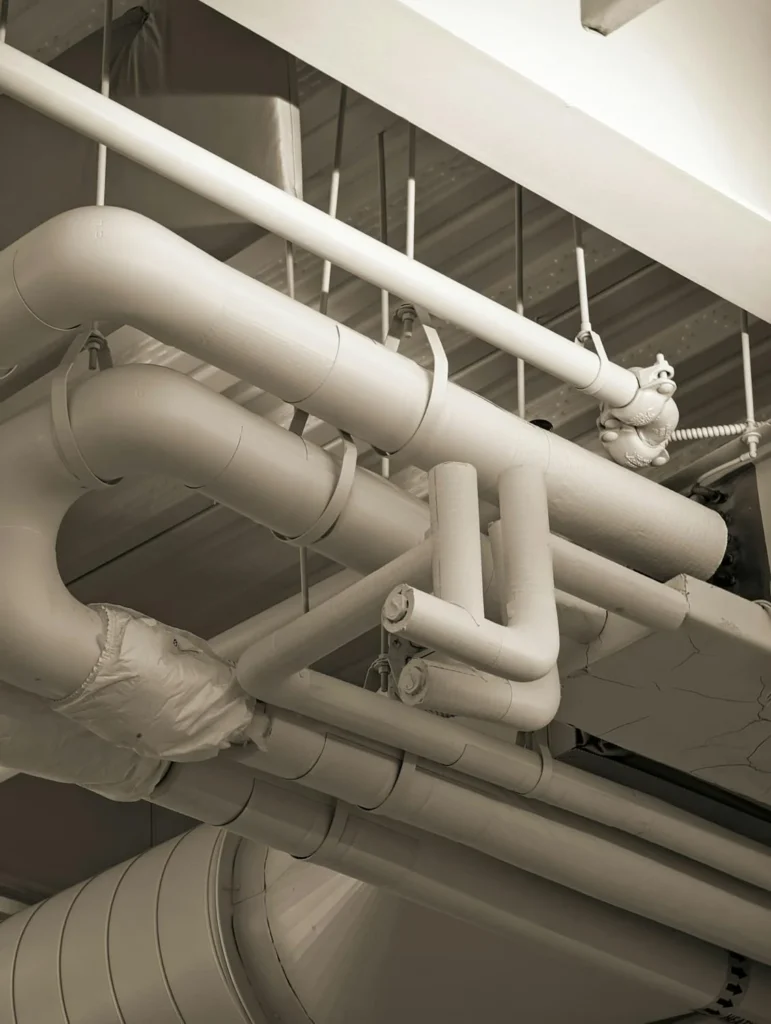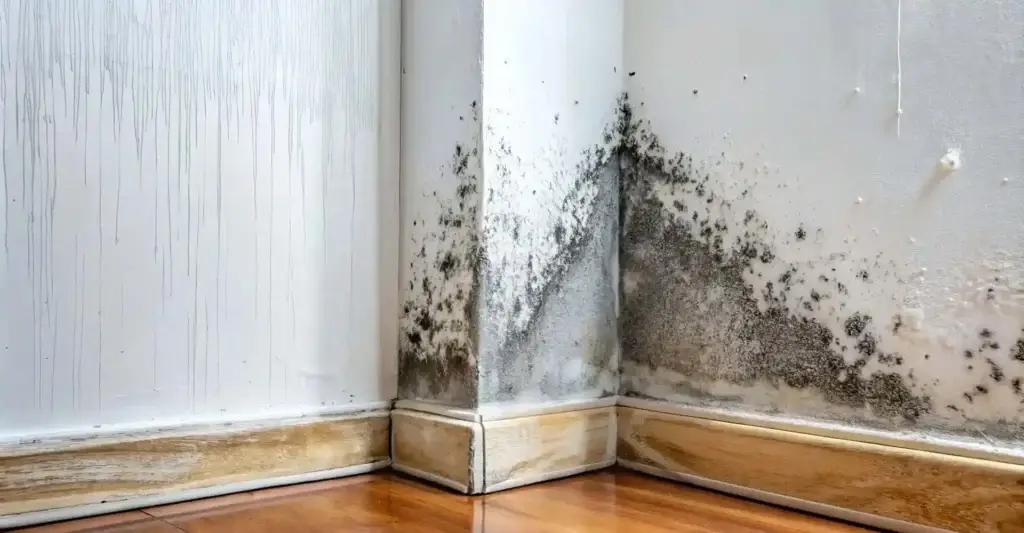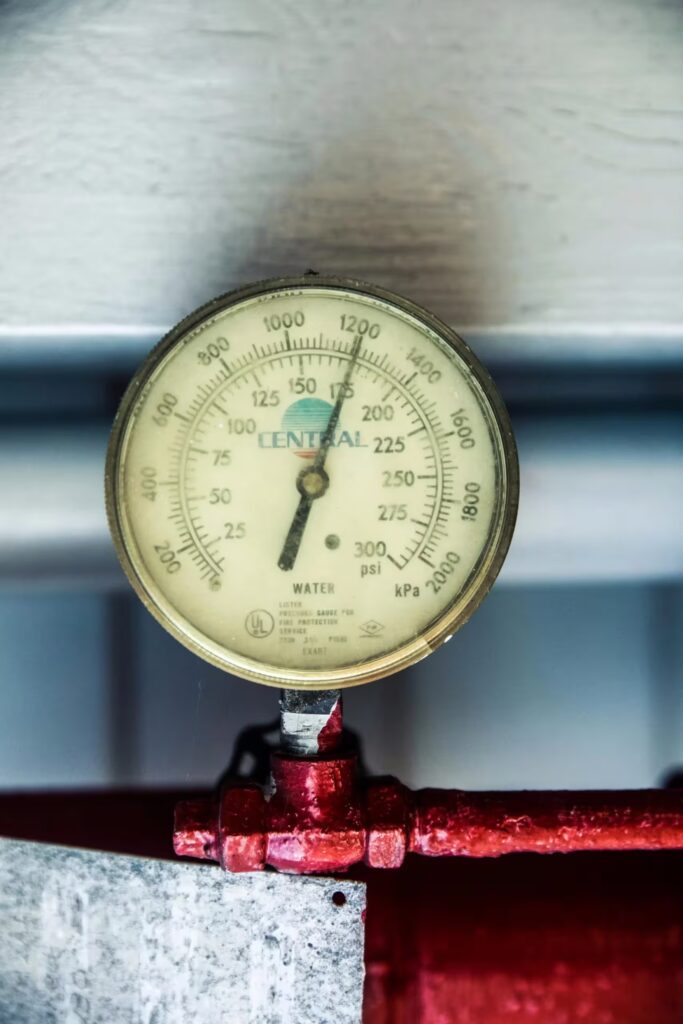A hidden water leak can quickly escalate from a small drip into a major financial headache, causing significant structural damage and feeding mould growth. For homeowners, understanding the subtle warning signs and the non-destructive process for finding the source is the key to a fast, cost-effective resolution.
This guide, brought to you by the certified damage restoration experts at Ideal Response, answers the 10 most frequently asked questions about hidden water leaks, helping you identify the problem and know the essential next steps for repair.
Skip to:
Recognising hidden water leak signs
The Mystery: Recognising hidden water leak signs
Before you call a specialist, you need confidence that the water loss is an actual hidden water leak and not a visible plumbing issue.
1. What are the common signs of a hidden water leak in my home?
The leak itself may be concealed, but its effects are noticeable. The most common indicators of a concealed water leak are an unexplained spike in your water bill; damp, peeling paint, or discoloured patches on walls or ceilings; a musty/earthy smell (suggesting mould); and the sound of running or dripping water when all taps and appliances are switched off.
2. How can I check for a hidden water leak myself before calling a professional?
The simplest DIY check for homeowners is the Water Meter Test. Follow these steps:
- Turn off all water-consuming appliances and taps.
- Record the current reading on your water meter.
- Wait 30 minutes to an hour (do not use any water).
- Check the meter again. If the reading has changed, water is escaping somewhere in your system, confirming you have a hidden leak.
Visit our 5 signs you have a water leak blog to uncover the indicators of a hidden water leak.
3. Does a constantly dropping boiler pressure indicate a hidden leak?
Yes, this is one of the clearest indicators of a leak within the central heating system. A boiler that requires frequent repressurising is a strong sign that water is slowly escaping somewhere in the closed pipework, radiators, or the underfloor heating system.
Diagnosing the problem: Finding the hidden leak accurately
When dealing with hidden water leaks, guesswork leads to destruction. Specialists use advanced technology to accurately diagnose the source.
4. What non-invasive methods do specialists use to diagnose hidden water leaks?
Specialist firms are equipped to pinpoint the source without requiring unnecessary destruction. Techniques include:
- Thermal Imaging: Cameras detect subtle temperature variations caused by escaping water.
- Acoustic Detection: Highly sensitive listening devices locate the tiny sound of water escaping the pipe.
- Tracer Gas: A safe, inert gas is injected into the pipework, and sensitive detectors pinpoint exactly where the gas escapes.
- Moisture Mapping: Professional damp meters track the water’s path through materials like concrete and plaster.
5. Will finding the hidden leak require cutting into my walls or floors?
The diagnosis process itself is non-invasive and should not cause any damage. The goal of using advanced technology is to accurately confirm the precise source of the water loss. Once the location of the hidden leak is confirmed, a small, controlled access point may be necessary to enable the repair.
6. How long does the hidden leak diagnosis typically take?
While duration depends on complexity, most residential hidden water leaks can be traced and identified within a few hours to one full day. Employing certified technicians ensures a swift and accurate diagnosis, accelerating the overall resolution time.
The next steps: Cost, insurance, and resolution
Understanding the financial and logistical aspects is crucial once you’ve confirmed a hidden water leak.
7. Is the diagnosis of a hidden water leak covered by my home insurance?
In many cases, yes. Most comprehensive home insurance policies include “Trace and Access” cover. This important clause pays for the reasonable costs of both locating the source of the leak and the costs of gaining necessary access to it for repair. You should always check your specific policy details for limits and excesses. Check out anothe rone of our articles to learn more about insurance cover for water leak detection.
8. How much does professional diagnosis of a hidden leak typically cost?
The cost for a professional hidden leak diagnosis in the UK generally ranges from £550 to £1,250, depending on factors like complexity, location, and the equipment required. Given the severe potential for water damage and drying costs, the expense of a precise diagnosis is often minimal by comparison and, as mentioned, frequently covered by insurance.
9. Once the leak is found, do you repair it as well?
Many accredited specialists, including Ideal Response, offer an end-to-end service. This means their trained specialists can perform the diagnosis (trace), gain access, and carry out the pipework repair in a single, streamlined process. This simplifies your insurance claim and accelerates the overall resolution.
10. Do I need a specialist firm or a standard plumber to locate my hidden leak?
For hidden water leaks (in walls, under floors, or underground), you should always hire a specialist damage restoration firm. General plumbers are experts at fixing visible plumbing issues but typically lack the dedicated equipment and certified expertise required to accurately pinpoint a concealed leak. Choosing a specialist avoids destructive, unnecessary searches, saving you time and money.
Conclusion: Next steps for homeowners
If you have identified the signs of a hidden water leak and require a rapid, non-destructive solution to trace the source, contact a certified firm. You can learn more about the complete process and service offerings on our main leak detection service page.
Need to speak to a specialist urgently? Call 01622 926 505
Hidden water leak: Frequently asked questions
Once the hidden leak is located, what are the immediate next steps?
Your immediate priority should be to stop the flow of water. If the leak is on the main supply, turn off your internal stopcock (stop tap). A specialist firm will then issue a full report detailing the precise location, cause, and necessary pipework repair for your plumber, or they may offer to conduct the repair as part of a full-service solution.
Does a successful leak diagnosis mean the water damage is resolved?
No. Finding the leak is the first step. The next critical step is water damage mitigation and drying. Even small leaks can saturate structural materials (like plasterboard and floor joists) behind the scenes, leading to mould growth within 24-48 hours. Professional structural drying using industrial-grade dehumidifiers and air movers is essential to prevent long-term damage and costly secondary repairs.
Can the specialist help me with my insurance claim?
Yes. High-quality restoration companies, like Ideal Response, will provide insurance-ready reports. These detailed reports include the cause of loss, the scope of water damage, the drying methodology, and the necessary repair schedule, all of which streamline the “Trace and Access” part of your claim and simplify the overall process with your insurer or loss adjuster.
What are the typical timescales for drying out my property after a leak?
The timeline depends on the severity and type of materials affected. After water extraction, structural drying usually takes between one to three weeks when using professional, high-powered equipment. Specialists continuously monitor the moisture levels in walls and floors to ensure the structure is completely dry before reinstatement work can begin.
Do you offer an emergency or rapid response service for hidden water leaks?
Yes, due to the high risk of secondary damage (mould and structural compromise), accredited firms offer a 24/7 emergency response. Companies like Ideal Response aim to be on-site within hours of your call to initiate non-destructive leak tracing and begin the crucial water damage mitigation process immediately.

Dave Knight - Leak Detection Technical Manager
With over 26 years' experience in property damage restoration, our Leak Detection Technical Manager is a seasoned expert. He brings a specialised focus of 21 years in leak detection and trace & access claims, including 10 years as the owner of a specialist leak detection company. He uses advanced, non-invasive technology to find leaks with minimal disruption in both domestic and commercial settings. His extensive water leak detection qualifications, including WRAS and BDMA, and his experience leading projects across the UK and Europe, highlight his expertise.





















